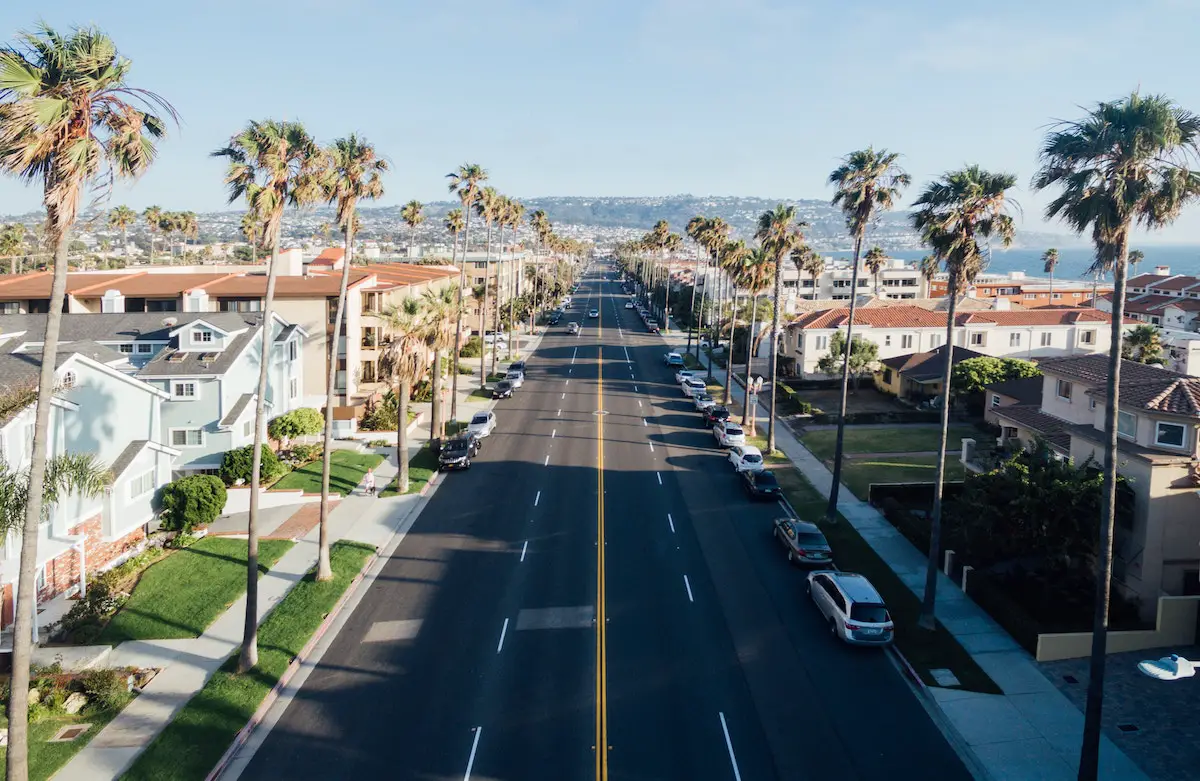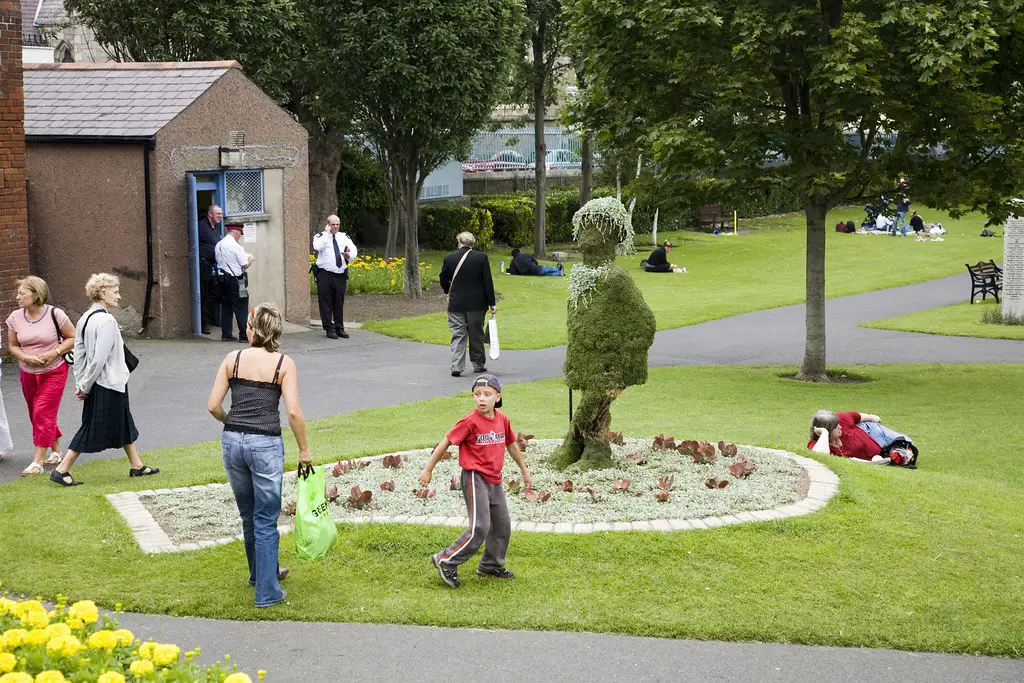The past two decades have witnessed the growth of an odd phenomenon in cities around the world. Every month a hoard of cyclists congregate at a known location before setting off en masse on an unplanned, leaderless, carnivalesque bike ride without a destination. Filling the road with bodies, they slow traffic and give their section of the street over to people on bicycles, skateboards, blades, scooters and all imaginable wheeled means of movement. Enjoying the space, cyclists playfully weave through the crowd, listening to the music of sound systems mounted on trailers and the cacophony of bells, horns and voices in a visual melange of zebra costumes, tweeds, high-vis jackets and flashing lights, though only for a few hours, once a month. Just as there is no archetypal cyclist; there is no archetypal Critical Mass rider. Unlike a traditional protests, vocalised chants aren’t widely adopted, few placards are held aloft and it happens on a regular basis. Critical Mass might seem unimportant, if not frivolous, but it’s lack of a predetermined purpose, its play in the city, is where its meaning and ‘use’ lies.
Philosopher, Brian Sutton-Smith, proposes that during play we learn by exploring what is possible. He suggests it’s an important part of individual and social development. When people engage in games they test their creativity within a set of rules; when competing with one another, athletes test their physical capabilities against others; in carnivals, people adopt roles and characters unlike their usual selves, experiencing a different social arrangement wherein class structure or gender roles might be cast aside. Critical Mass is a type of play similar to the latter, wherein playfulness produces a breakdown of the normal order of the road and encourages something else entirely.
For this type of play to arise there has to be some kind of constraint in the everyday. The late russian brain, Mikhail Bakhtin, proclaimed that the carnival in the medieval Europe served as an escape from the heavily structured hierarchies of serfdom. Several centuries later, the urban cyclist is subject to a more mundane politics. The power struggle between car and bike, thus the cyclists is constrained by having to share the road with the fast, heavy and powerful automobile. Critical Mass originated in San Francisco in the early 90s and spread quickly to other American cities notorious for their attempts to attain an auto-mobilised city: Autopia. This kind of planning reduced public space to a motor-vehicle-only pathway, not only neglecting the bicycle and in some cases the pedestrian, but neglecting the multifarious activities that might take place in streets where the public are free to roam. As a result, to take to the bike is to overcome fear, face perceived and real risks from drivers who are, when moving, dangerous to anything outside of their cars. Thus, in London as in San Francisco as in many cities the world over, there is a desire to overcome these constraints and experience the road freely, without fear and risk of harm. With enough people in front of motor traffic, the streets can be reclaimed for a different kind of traffic, however slow. As the old slogan proclaimed: “We are not blocking traffic, we are traffic!”
Once in motion, Critical Mass drifts chaotically and leaderlessly without direction. It is the antithesis to the planned, mapped, signposted and timed movement now associated with roads. Its playfulness and absurdity largely proscribes conflict and often leads to onlookers joining in. It enables cyclists or whoever might be participating to experience a parcel of the city’s streets differently, without the need to be anywhere anytime soon and without subservience to normal traffic rules that constrain movement for some whilst largely affording speed to motor vehicles. An example of where this isn’t the case may be a Dutch ‘Woonerf‘: a set of design principles and legal obligations that slow the car to make streets more inclusive and open to all activity. In contrast, it is in the nature of transport planning – where it is prioritised over more holistic urban planning and governance – to define space on utilitarian and economistic terms, assuming automobiles speed as primate concern. In cities where this is the case and people have experienced few possibilities, Critical Mass operates like an experiential propaganda pamphlet, one that offers the experience of a more humane alternative rather than a representation.
Leaderless and without precept, Critical Mass does not offer the Political engagement to directly push for a cycling friendly landscape, similar to the one it temporarily creates. Although vaguely, it displays a sentiment like a conventional protest, but unlike a conventional protest it offers the participant the chance to experience a solution to that sentiment immediately. More generally, as cultural scholar and ‘Biketivist’, Zach Furness points out, it brings the topic of cycling to the fore. As a radical public expression of the desire for safer cycling conditions and a gathering of large numbers of cyclists, it makes the more mainstream, formal bicycle advocates’ demands seem less radical, therefore more workable. For that reason it is both part of the movement for a less car-centric city and, more widely, a cultural expression that laments the lack of a more humane and interactive public space in cities dominated by the armatures of transport.
Nicholas Sanderson holds a BSc in Geography from the University of Edinburgh, where his interests fell on Urban Studies and Mobilities. He writes about social science’s teachings on how we use things, buildings and infrastructure.
Photo: Charlotte Gilhooly


